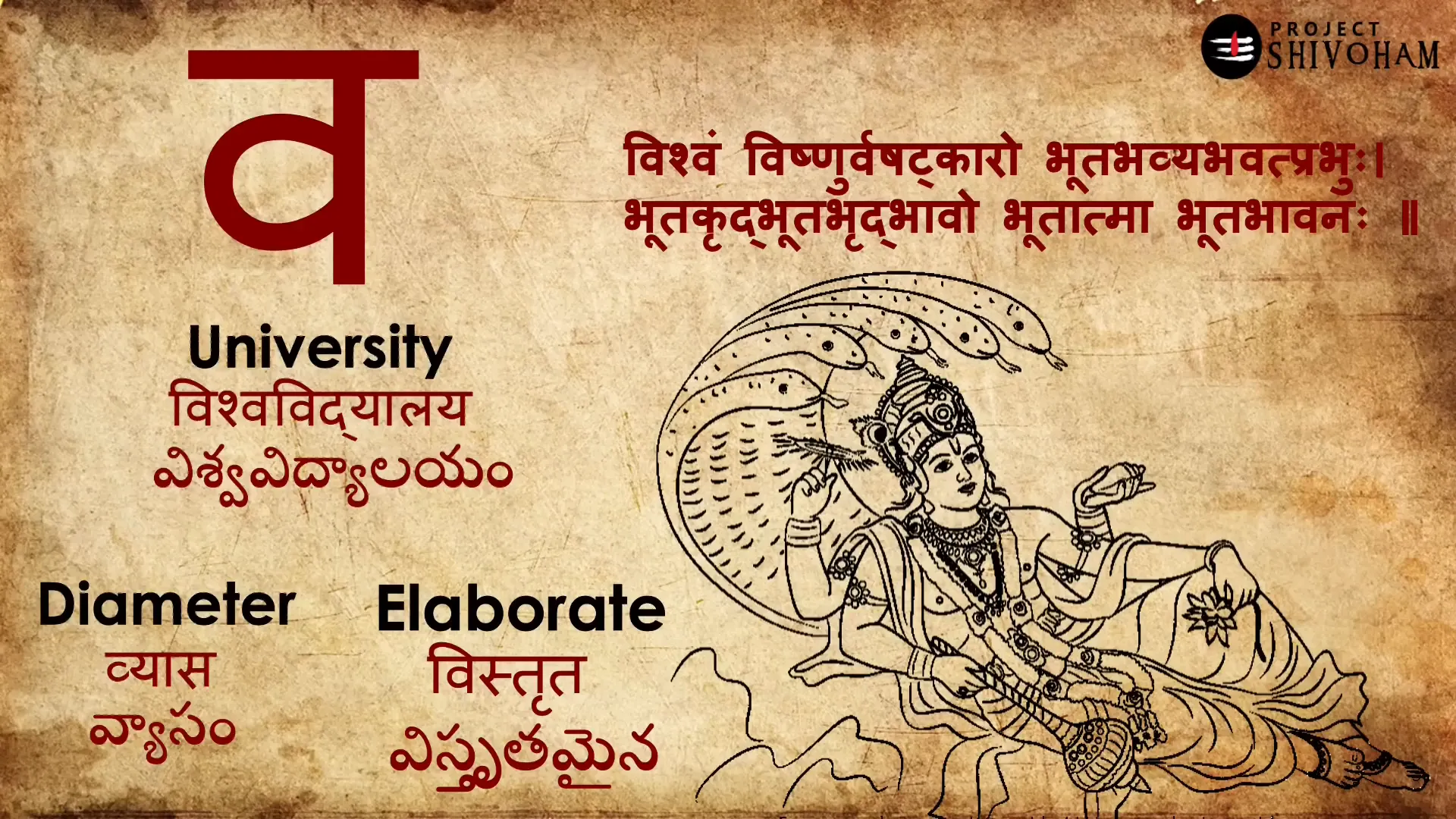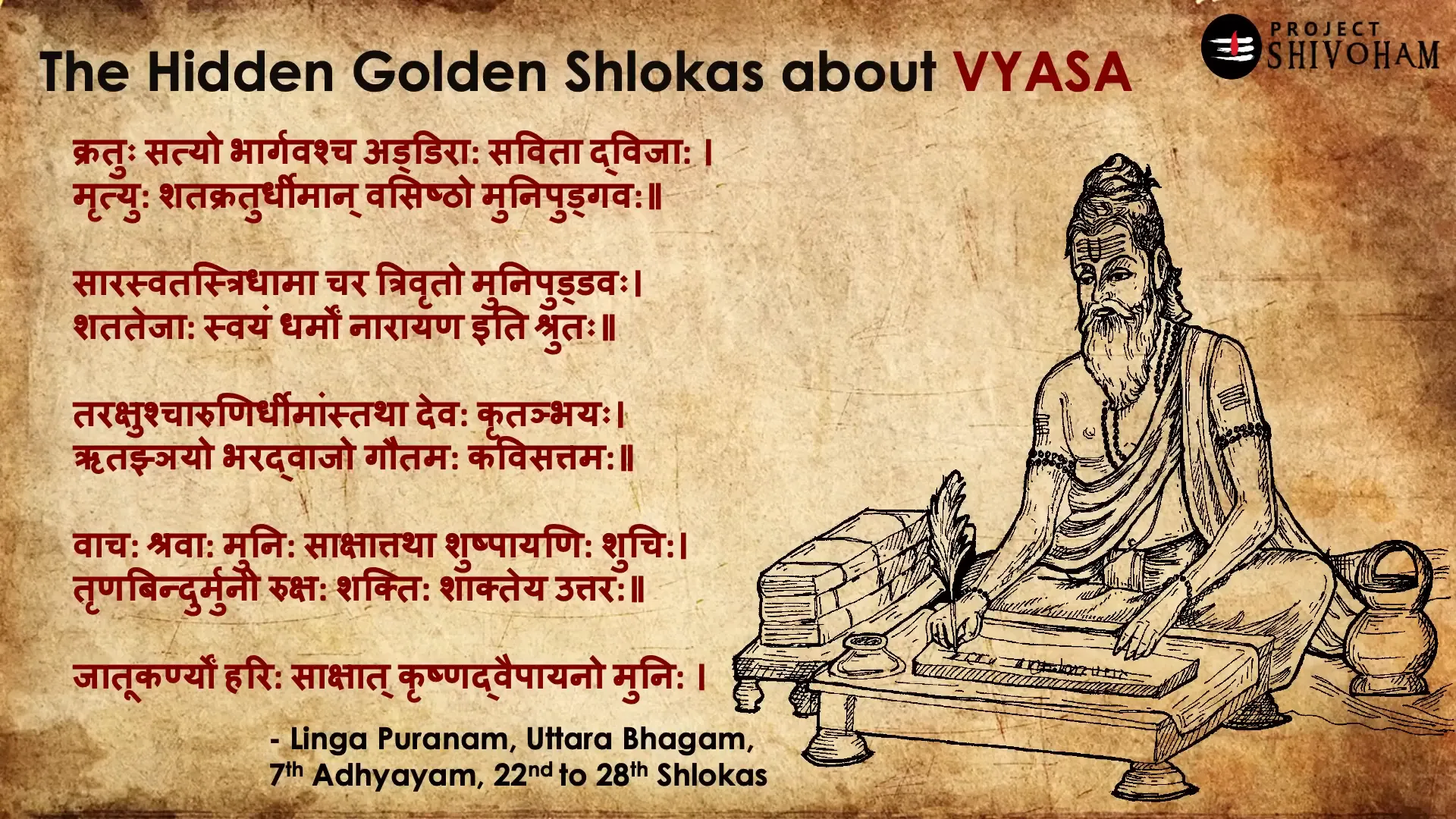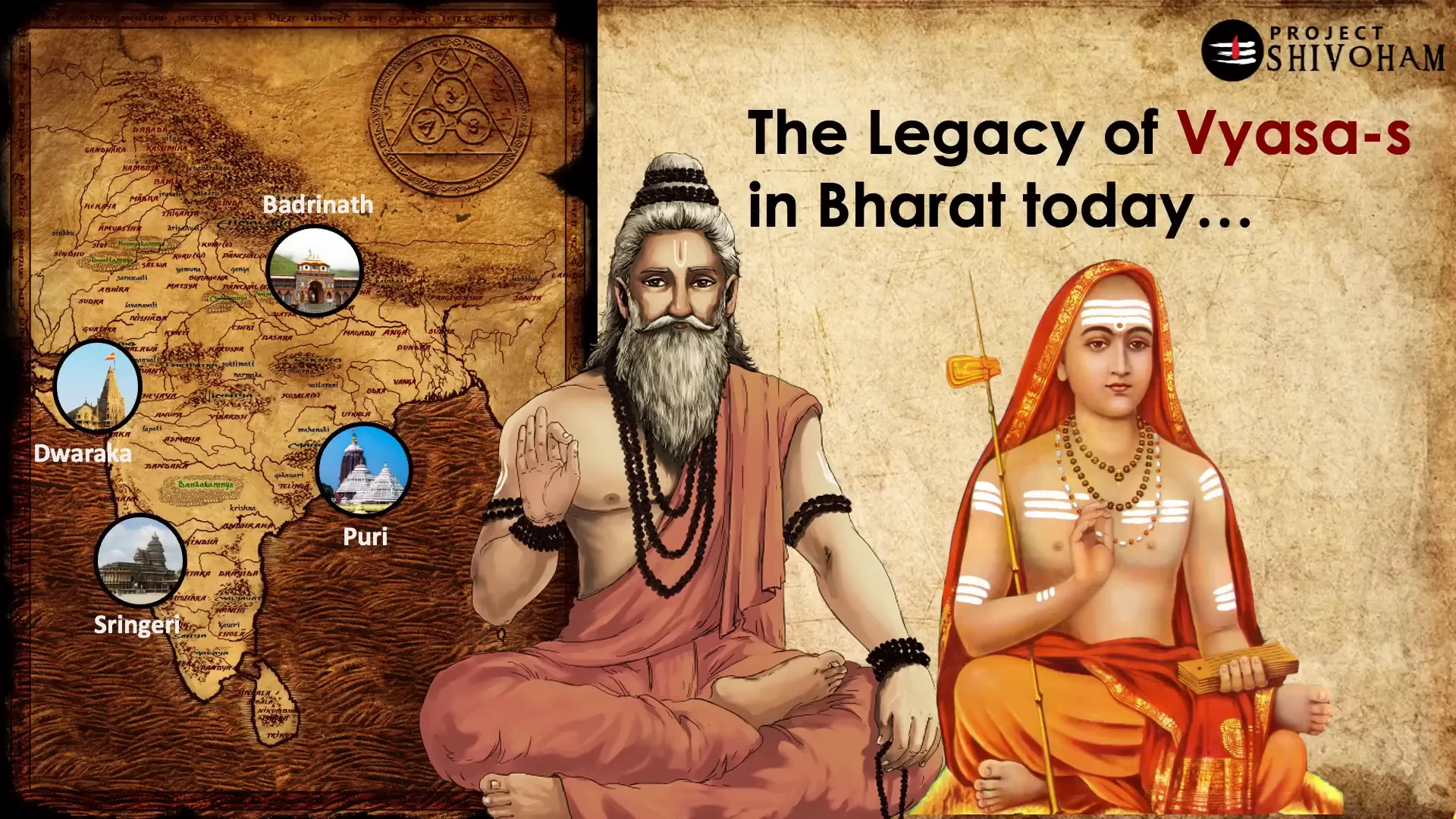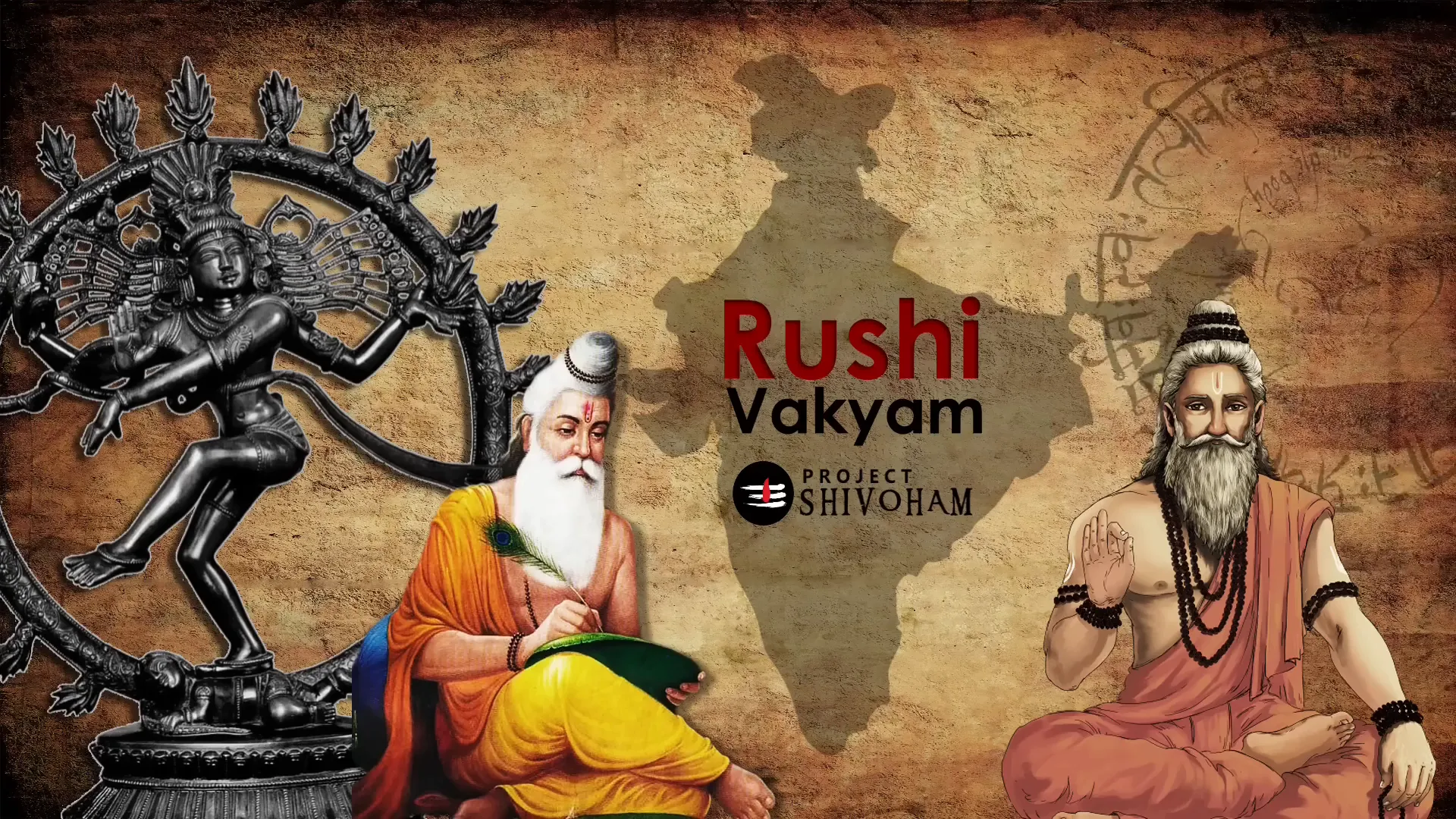Vyasa Maharshi, a name that resonates deeply within the spiritual and cultural fabric of India, is often referred to as the compiler of the four Vedas: Rig, Yajur, Sama, and Atharva. His contributions extend far beyond mere compilation; he is the author of the epic Mahabharata, eighteen Mahapuranas, Brahma Sutras, and the Srimad Bhagavatam. Without Vyasa, the rich spiritual heritage of Bharat would be non-existent. In this blog post, we will explore the lesser-known aspects of Vyasa Maharshi’s life and his profound impact on Indian culture.
Table of Contents
- The Meaning Behind Vyasa
- The Lineage of Vyasa Maharshi
- The Knowledge That Was Lost
- The Spiritual Significance of Vyasa
- Reviving Vyasa’s Legacy
- Frequently Asked Questions
The Meaning Behind Vyasa
The term ‘Vyasa’ holds a significant meaning in the Sanskrit language. It is derived from words that denote expansiveness and elaboration. For instance, the word ‘Vishwavidyalaya’ in Hindi or ‘Vishwavidyalayam’ in Telugu refers to a university, a place of expansive knowledge. Similarly, ‘diameter’ in Hindi is ‘Vyasir’ and in Telugu, ‘Vyasam.’ These words all share a root with Vyasa, emphasizing the idea of depth and breadth in knowledge.
When we refer to someone as ‘Vyasa’, it is more than just a name; it is a title that signifies a person with extensive knowledge who elaborates on subjects for the benefit of humanity. This understanding enriches our appreciation of what Vyasa represents.
The Lineage of Vyasa Maharshi
In the ancient scriptures, specifically the Lingapurana, it is stated that in every Dwapara Yuga, there is an incarnation of Vyasa who brings divine knowledge to humanity. Suta Maharishi narrates to his disciples about the various Vyasa incarnations throughout history. This lineage consists of twenty-eight Vyasa Maharshis, with Krishna Dvaipayana being the most recent.
Each Vyasa Maharshi is believed to have had four disciples who helped propagate the knowledge of that era. For instance, Krishna Dvaipayana had four disciples: Paila, Vaishampayana, Jaimini, and Sumanta, who disseminated the four Vedas to the world.
The Knowledge That Was Lost
Unfortunately, much of the knowledge imparted by these Vyasa Maharshis has been lost over time. While some texts, such as the Dhanur Veda Samhita and Yoga Vasistha, have survived, the majority of their teachings remain fragmented. This loss is a significant aspect of our cultural heritage that we must strive to understand and recover.
Bharat is honored as Vishwaguru and Veda Bhoomi, a land of knowledge, for a reason. The tradition of Vyasa Maharshi continues even today, with the legacy being preserved and restored by figures like Sri Adi Shankaracharya. He established four pitas in Badrinath, Puri, Sringeri, and Dwaraka, ensuring that the teachings of Vyasa Maharshi continue to thrive.
The Spiritual Significance of Vyasa
Vyasa Maharshi is not only a compiler but also a pivotal figure in the spiritual context of Bharat. It is believed that Lord Vishnu incarnates as Vyasa in every Dwapara Yuga, while Lord Shiva takes on the role of Vyasa’s disciples. This connection emphasizes the divine nature of Vyasa’s work and the importance of his teachings in maintaining the spiritual integrity of Bharat.
The teachings of Vyasa Maharshi and Sri Adi Shankaracharya are foundational to the philosophical and spiritual landscape of India. Without them, the essence of Sanatana Dharma would not have survived.
Reviving Vyasa’s Legacy
The initiative known aims to bring awareness to the teachings and lineage of Vyasa Maharshi. The series, Rushivakyam, will highlight the knowledge imparted by various Rishis and Munis throughout history. This effort is crucial, as many of these great figures remain unknown to the broader public.
By recognizing and honoring the contributions of these Rishis, we can foster a deeper understanding of our cultural heritage and ensure that their wisdom continues to guide future generations.
Frequently Asked Questions
Who is Vyasa Maharshi?
Vyasa Maharshi is a revered sage in Hindu tradition, credited with compiling the four Vedas and authoring the Mahabharata, among other texts. He is considered a pivotal figure in India’s spiritual heritage.
What does the name Vyasa signify?
The name Vyasa is derived from Sanskrit terms that emphasize expansiveness and elaboration, indicating a person with extensive knowledge who shares it for the benefit of humanity.
How many Vyasa Maharshis have there been?
According to tradition, there have been twenty-eight Vyasa Maharshis across different Dwapara Yugas, with Krishna Dvaipayana being the most recent.
What is the significance of Vyasa in Hinduism?
Vyasa is seen as a divine figure who brings knowledge and wisdom to humanity. His teachings form the foundation of Sanatana Dharma and are essential for understanding Hindu philosophy.
How is Vyasa’s legacy preserved today?
Vyasa’s legacy is preserved through the teachings of contemporary spiritual leaders like Adi Shankaracharya, who established four pitas to continue the dissemination of knowledge.
In conclusion, the legacy of Vyasa Maharshi is vast and profound, influencing not only the spiritual landscape of India but also the broader cultural heritage. By understanding and appreciating his contributions, we honor the rich tradition that has shaped Bharat into what it is today.